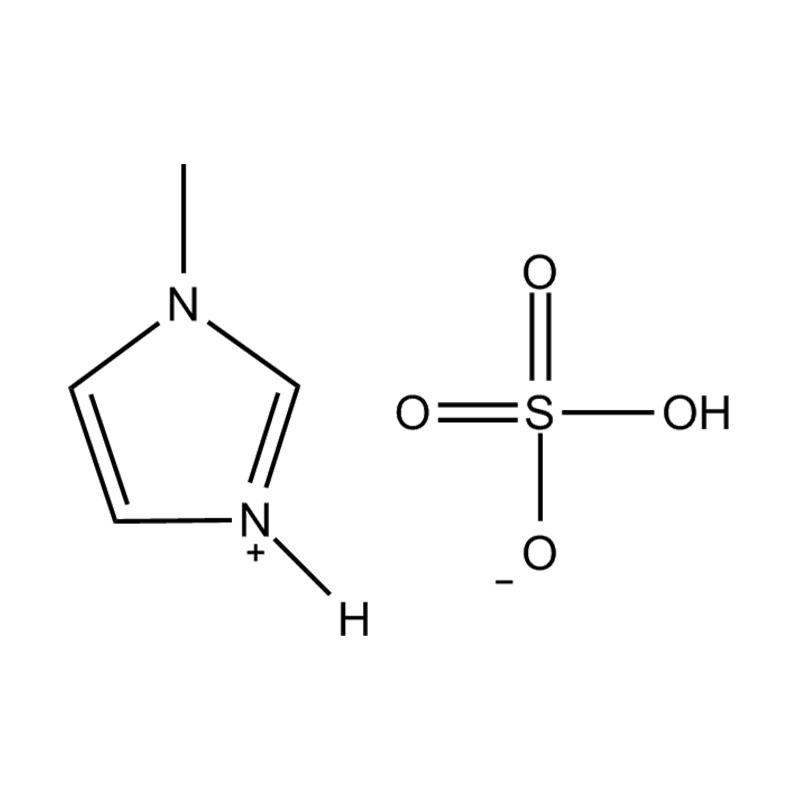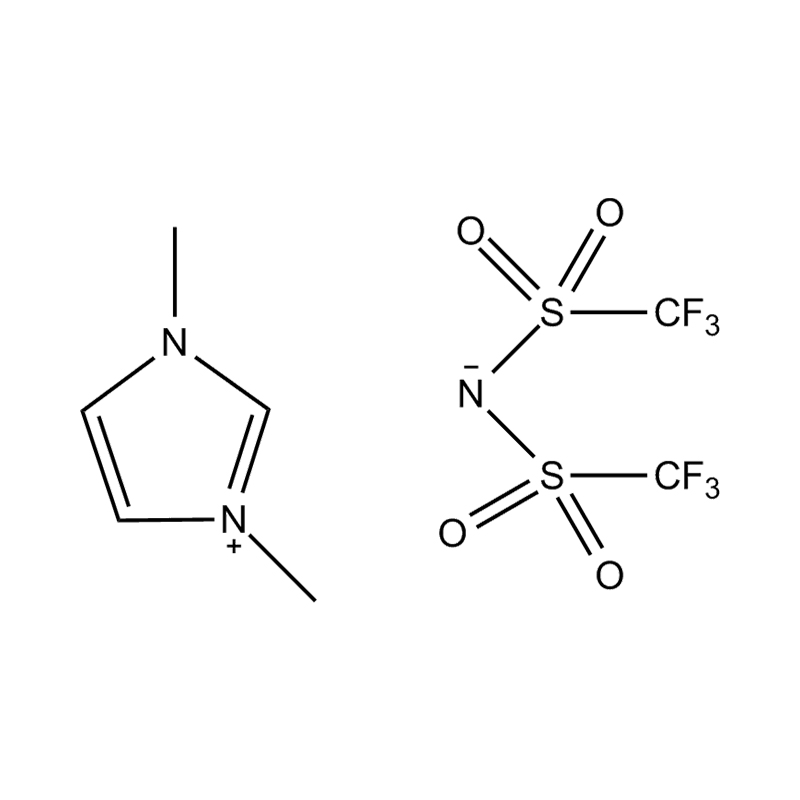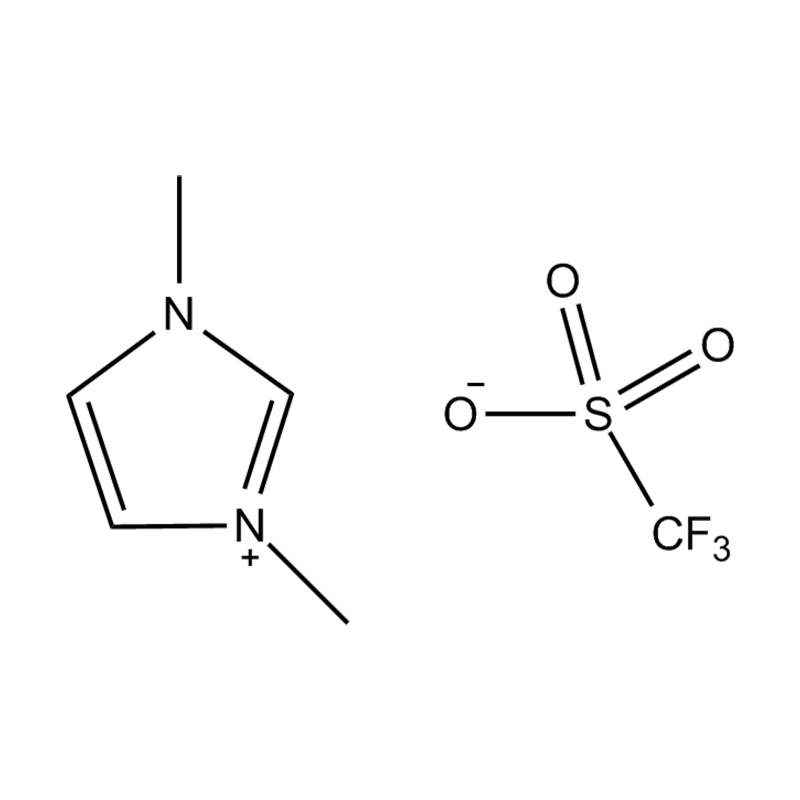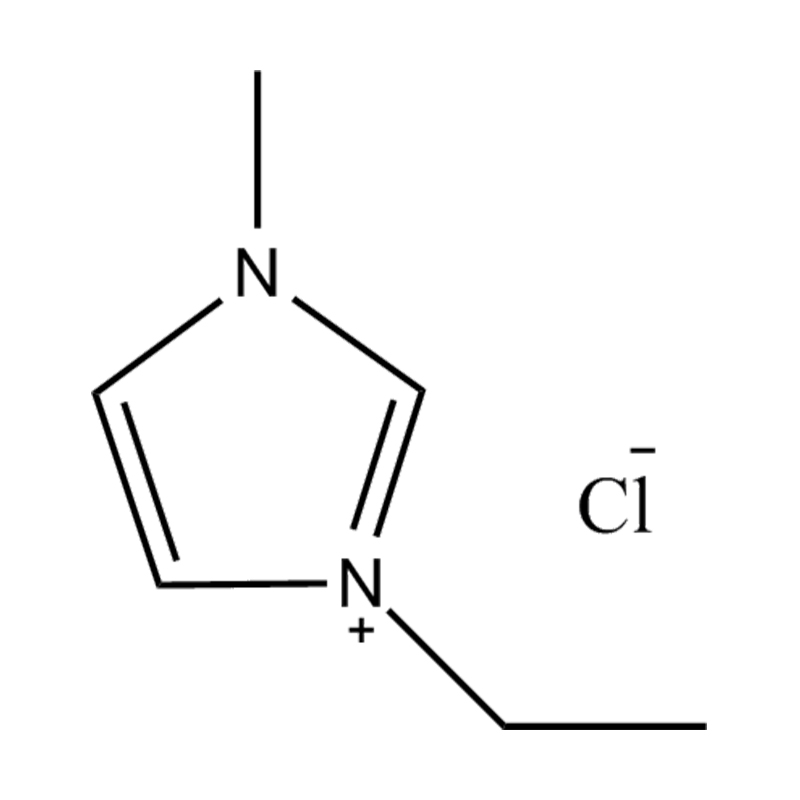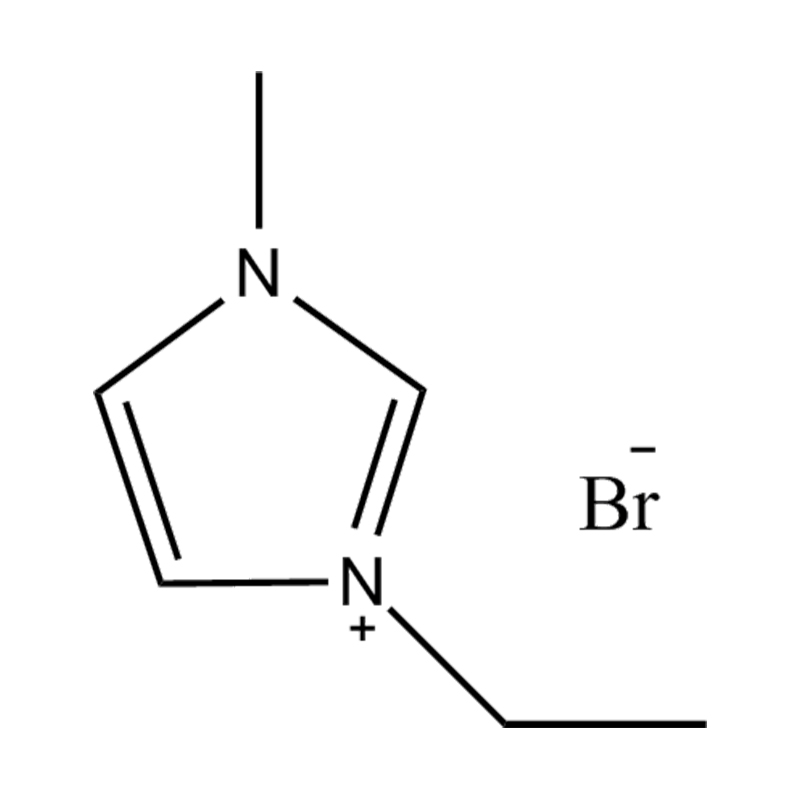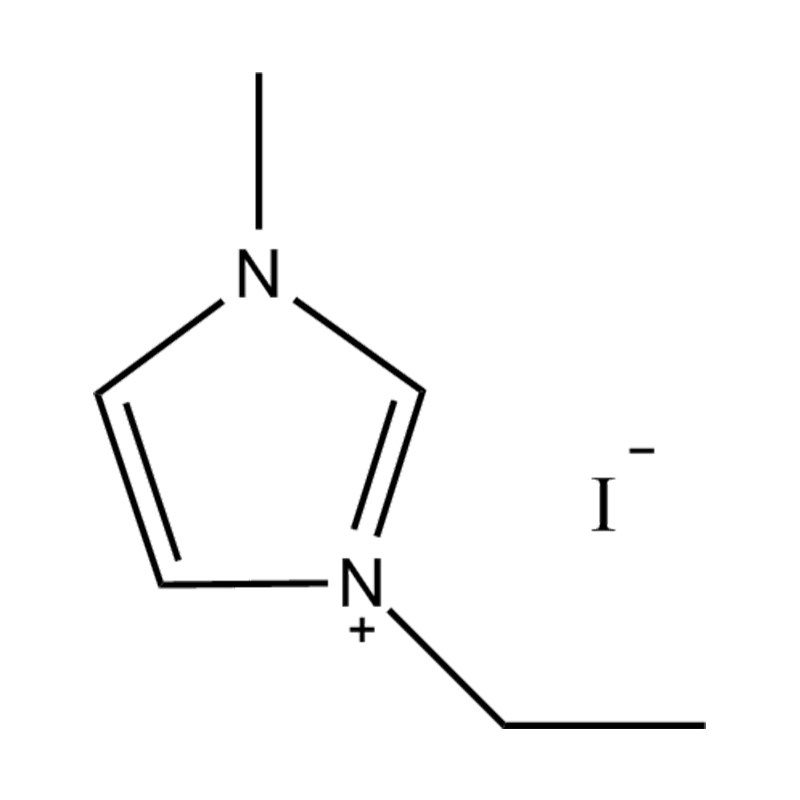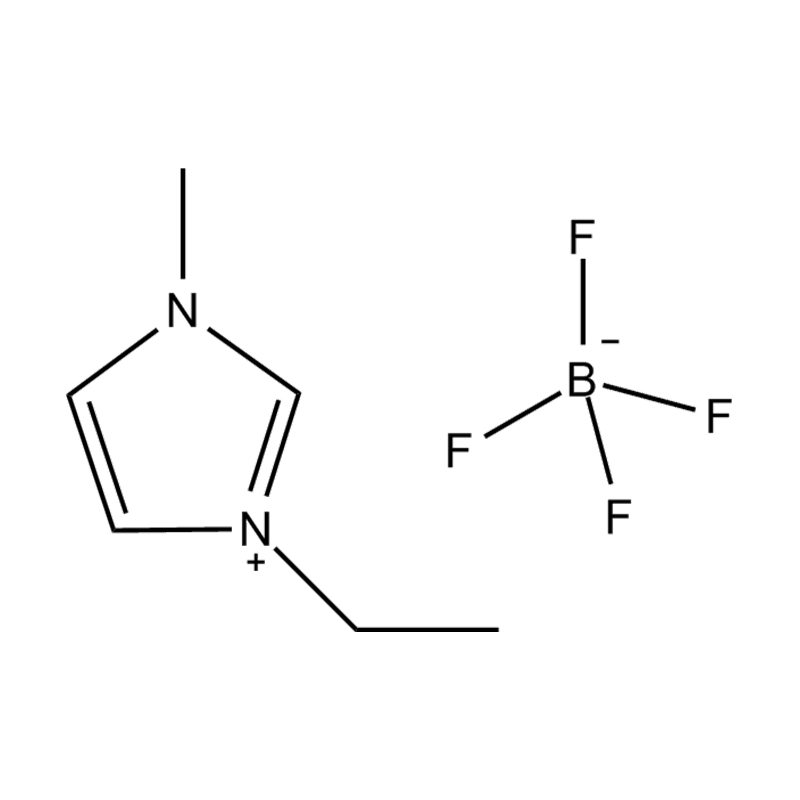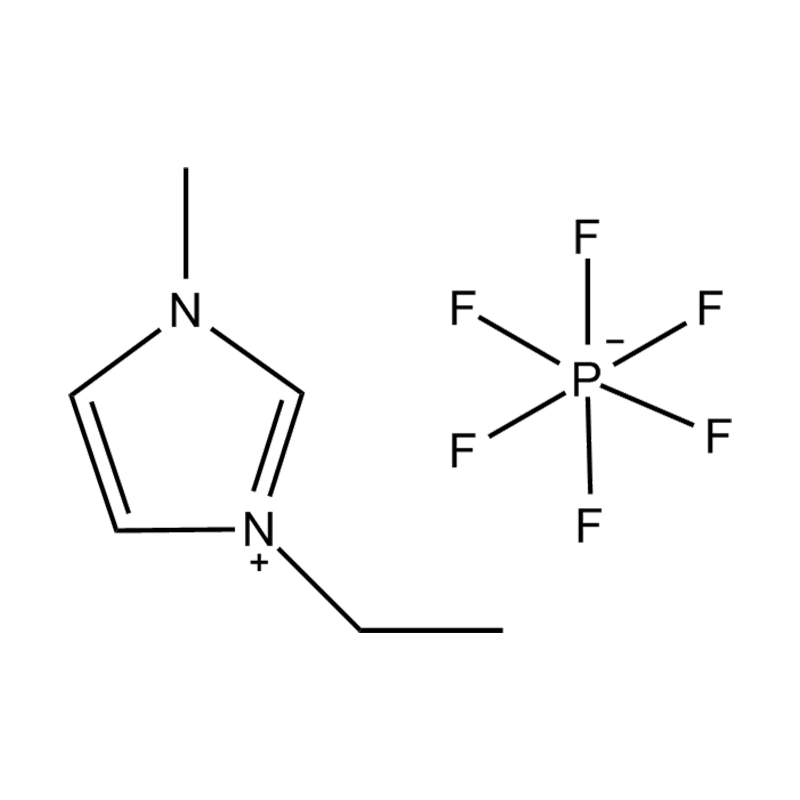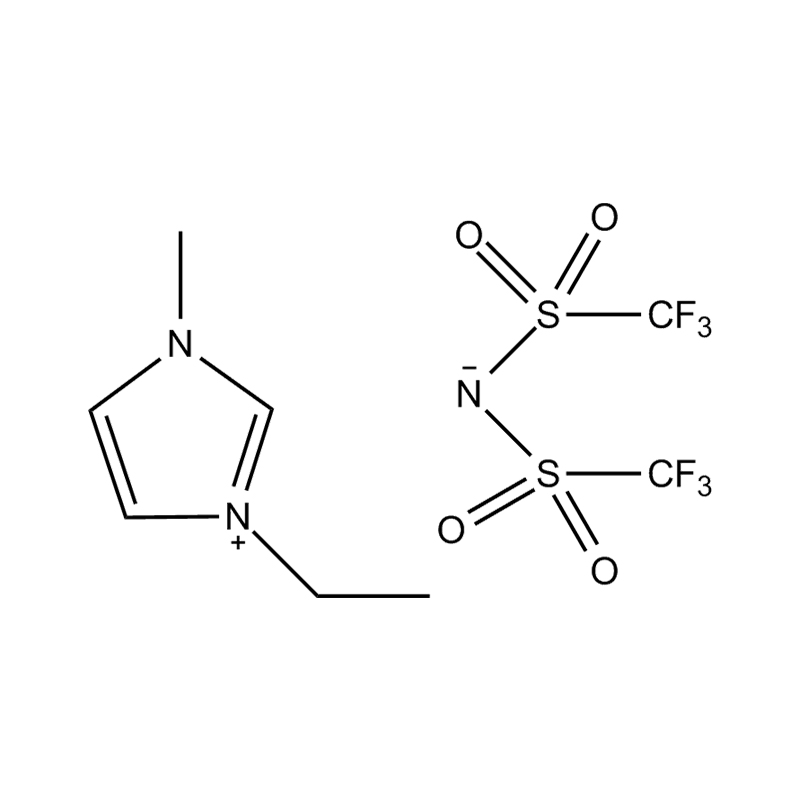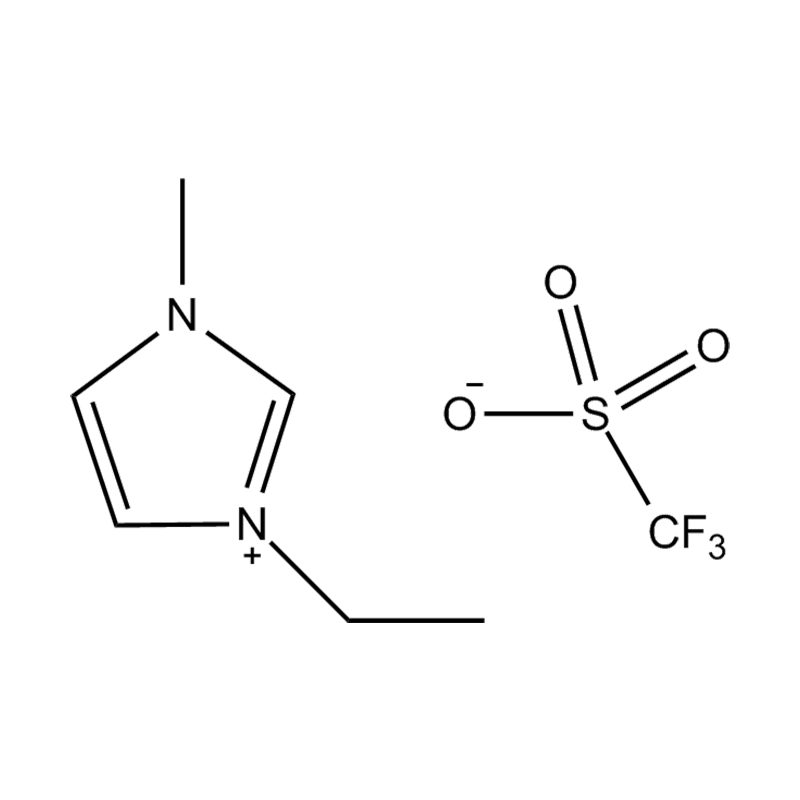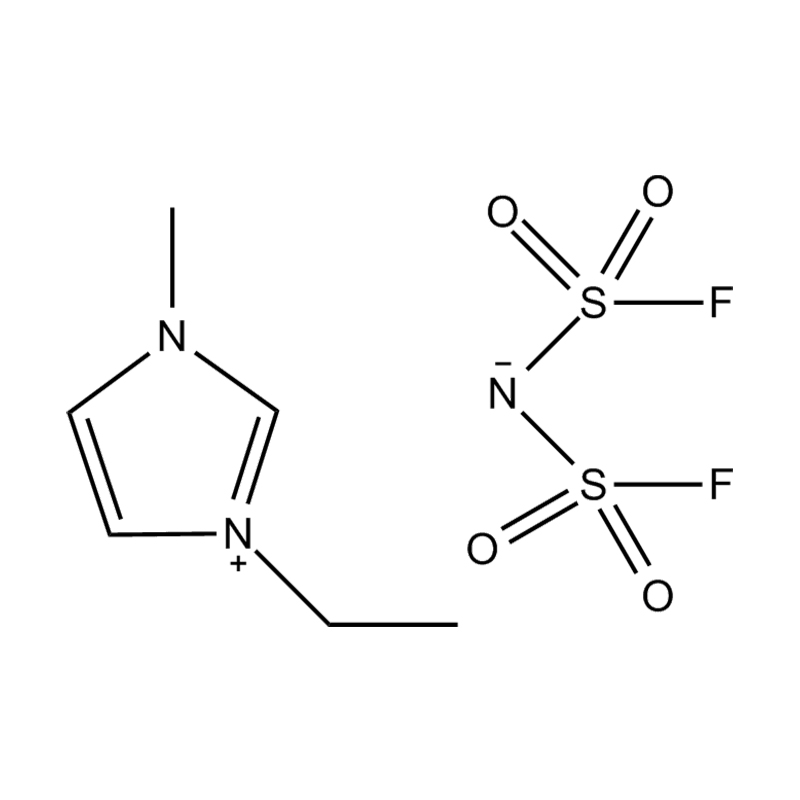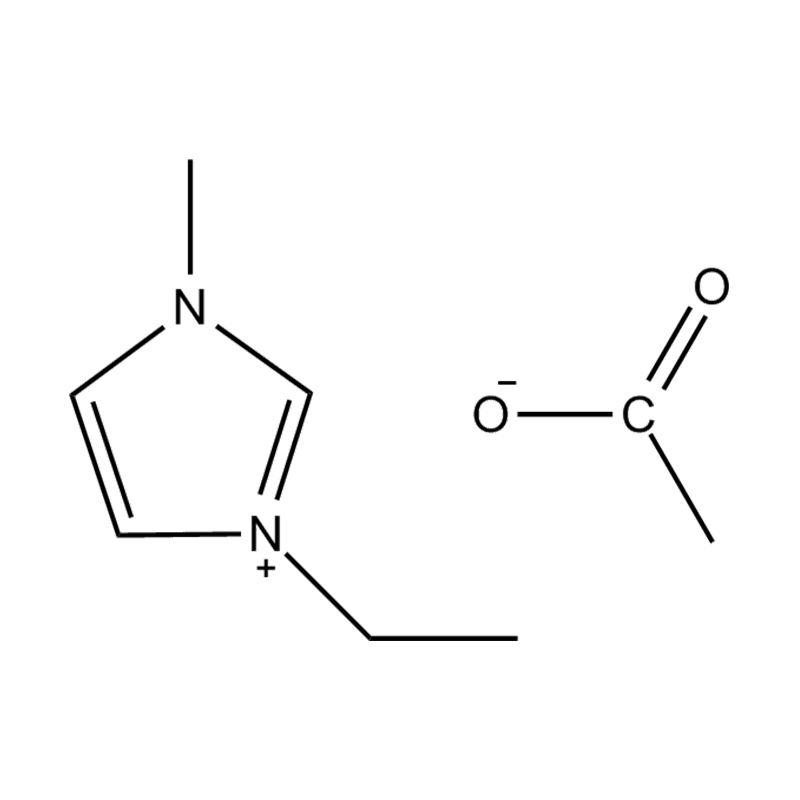Polymers are widely used across industries due to their lightweight properties, cost-effectiveness, and design flexibility. However, most polymers are naturally insulating, which makes them susceptible to static charge accumulation. This electrostatic buildup can lead to several problems, including dust attraction, processing issues, material handling hazards, and even electrical discharge damage to electronic components. To counter these effects, antistatic agents are incorporated into polymer materials. This article offers a comprehensive guide to the selection of antistatic agents for polymers, focusing on types, mechanisms, influencing factors, and application considerations.
Understanding Antistatic Agents
Antistatic agents are additives that help reduce or eliminate static electricity on polymer surfaces. They work by lowering the surface resistivity of the material, allowing charges to dissipate into the surrounding environment. Depending on the method of application and the desired durability of the effect, antistatic agents are classified into several categories: external antistatic agents, internal antistatic agents, and inherently antistatic polymers.
External antistatic agents are typically surface-applied coatings or treatments. These include sprays or wipes used during or after manufacturing. They are easy to apply but may wear off over time and require reapplication. On the other hand, internal antistatic agents are compounded directly into the polymer during processing. These migrate to the surface over time to maintain conductivity. In contrast, inherently antistatic polymers are specially engineered materials containing conductive fillers or intrinsically conductive polymers, offering permanent static control.
Key Types of Antistatic Agents
Antistatic agents are available in various chemical compositions, each with distinct properties that make them suitable for different polymer types and processing methods. Common categories include:
-
- Fatty acid esters and amides – Often used in polyolefins like polyethylene (PE) and polypropylene (PP). These are cost-effective and provide moderate performance through migration and moisture absorption.
- Quaternary ammonium compounds – Highly effective for polar polymers like PVC and nylon. These compounds attract moisture from the air, forming a thin conductive layer on the surface.
- Glycerol esters and ethoxylated amines – Used in engineering plastics where compatibility and clarity are important. These offer controlled migration and long-lasting antistatic behavior.
- Polyethylene glycol (PEG) derivatives – These water-attracting agents are especially useful in packaging applications and film manufacturing.
- Conductive fillers (e.g., carbon black, carbon nanotubes, metal oxides) – When blended with base polymers, these offer long-term performance and are ideal for sensitive electronic packaging.
Each type of agent is selected based on the end-use application, required static dissipation level, compatibility with the base polymer, and environmental conditions.
Mechanism of Action
The primary mechanism of most antistatic agents is to increase the surface conductivity of polymers. External agents form a conductive layer by absorbing atmospheric moisture. Internal agents, once migrated to the surface, attract water molecules to create a conductive path for the dissipation of charges. Some agents also work through ionic conductivity, where the movement of ions on the surface helps in neutralizing charge buildup.
For more demanding applications, conductive fillers offer a more robust approach by forming a permanent conductive network within the polymer matrix, independent of environmental humidity.
Factors Affecting Performance
The effectiveness of antistatic agents depends on several key variables:
-
- Polymer type: Non-polar polymers like PE or PP require more polar antistatic agents for good compatibility and migration. Polar polymers like PVC are more receptive to ionic agents.
- Humidity: Many antistatic agents rely on moisture for conductivity. In dry environments, performance may drop significantly unless permanent solutions are used.
- Processing conditions: High temperatures during extrusion or molding can degrade sensitive antistatic agents. Choosing thermally stable additives is crucial.
- Concentration and migration rate: Overuse of internal agents can lead to surface blooming or property degradation, while too little may yield insufficient protection.
- End-use application: Temporary packaging may tolerate migrating agents, but electronic housings or medical equipment require long-term, stable antistatic protection.
Applications in Industry
Antistatic agents are used in a wide range of industries, depending on the product and its application environment. Some key sectors include:
-
- Packaging: Food packaging films, electronic component packaging, and shipping containers benefit from antistatic additives to avoid dust accumulation and discharge damage.
- Automotive: Interior components, dashboards, and plastic housings are treated to improve aesthetics and safety.
- Electronics: Circuit boards, cable insulation, and housings require precise control of electrostatic behavior to protect sensitive components.
- Textiles: Synthetic fibers, carpets, and upholstery materials use antistatic agents to reduce discomfort and enhance safety.
- Healthcare: Medical devices and diagnostic equipment often integrate antistatic technology to prevent interference with sensitive instrumentation.
Selection Guidelines
Choosing the right antistatic agent for a given application involves a balance of performance, durability, cost, and compatibility. Here are key steps in the selection process:
-
- Identify the polymer type: Determine the chemical nature and polarity of the base material.
- Assess processing conditions: Temperature, method (injection, extrusion, blow molding), and exposure time.
- Define application requirements: Is the antistatic effect needed short-term or long-term? Indoors or outdoors? High or low humidity?
- Evaluate environmental and regulatory considerations: Check for food contact approval, RoHS compliance, or any VOC/emission limits.
- Perform performance testing: Conduct surface resistivity tests and simulate environmental conditions to verify effectiveness.
Future Trends and Innovations
As industries strive for smarter materials and more sustainable solutions, the demand for innovative antistatic technologies is growing. Current trends include:
-
- Bio-based antistatic agents: Derived from renewable sources and suitable for compostable plastics.
- Nanotechnology: Use of carbon nanotubes and nanoclays to achieve conductivity with minimal loading and impact on mechanical properties.
- Multifunctional additives: Combining antistatic, UV resistance, and flame retardancy in a single additive system.
- Permanent antistatic polymers: Polymers engineered at the molecular level to exhibit built-in antistatic properties without relying on additives.
Antistatic agents play a crucial role in enhancing the performance, safety, and aesthetics of polymer materials across industries. A well-informed selection process—considering polymer compatibility, application environment, regulatory constraints, and long-term requirements—can significantly improve product reliability and lifespan. With advancements in material science, the future of antistatic solutions promises greater durability, environmental compliance, and functional integration, making them indispensable in the design and development of modern polymer products.



 English
English Deutsch
Deutsch Español
Español 中文简体
中文简体


